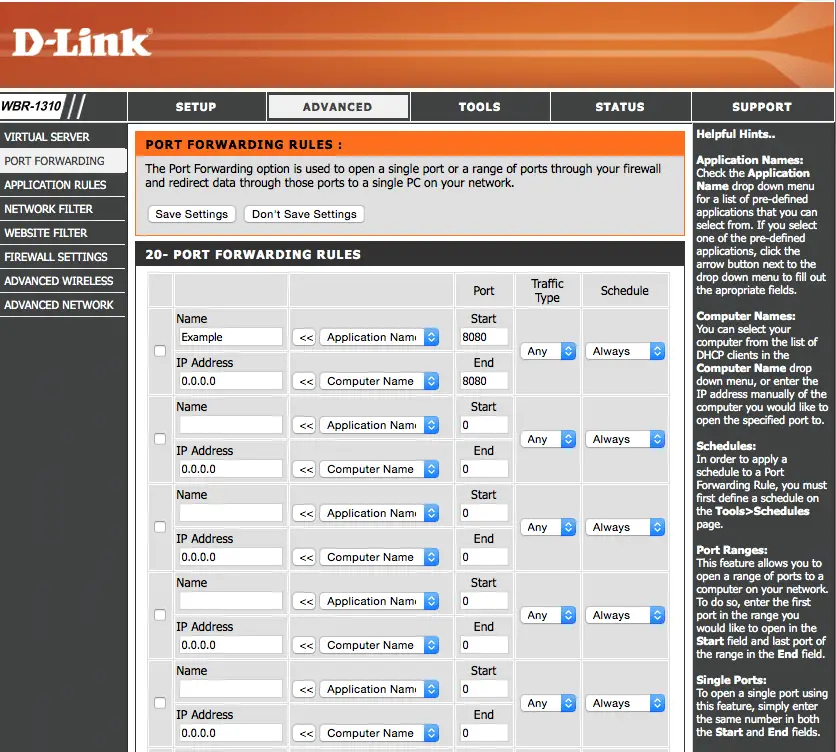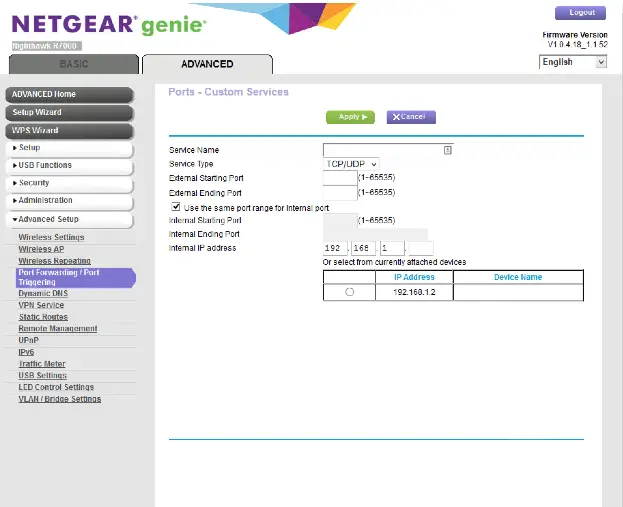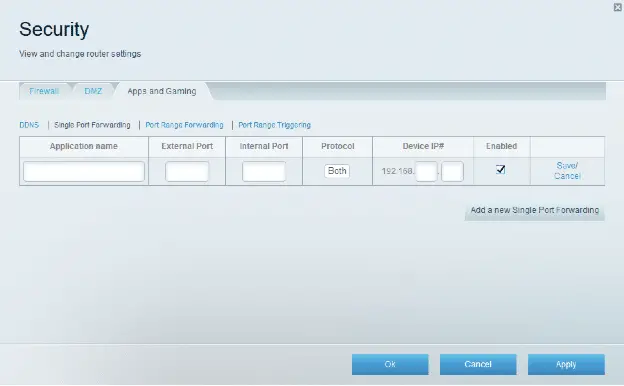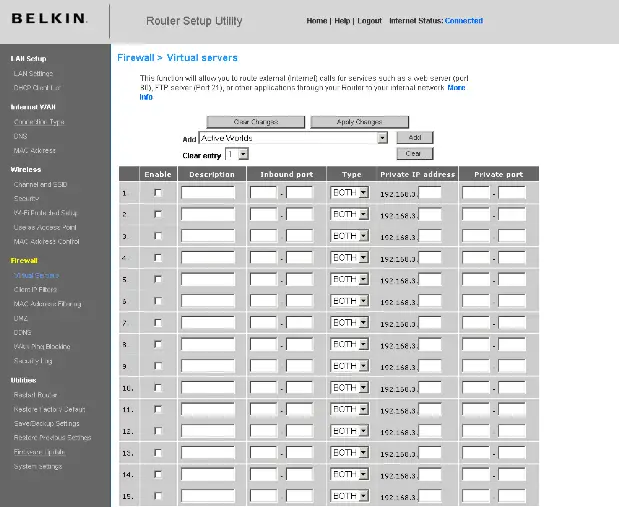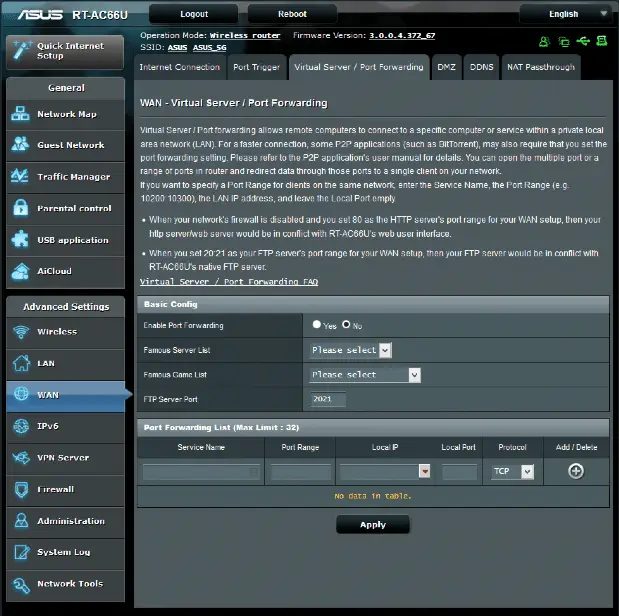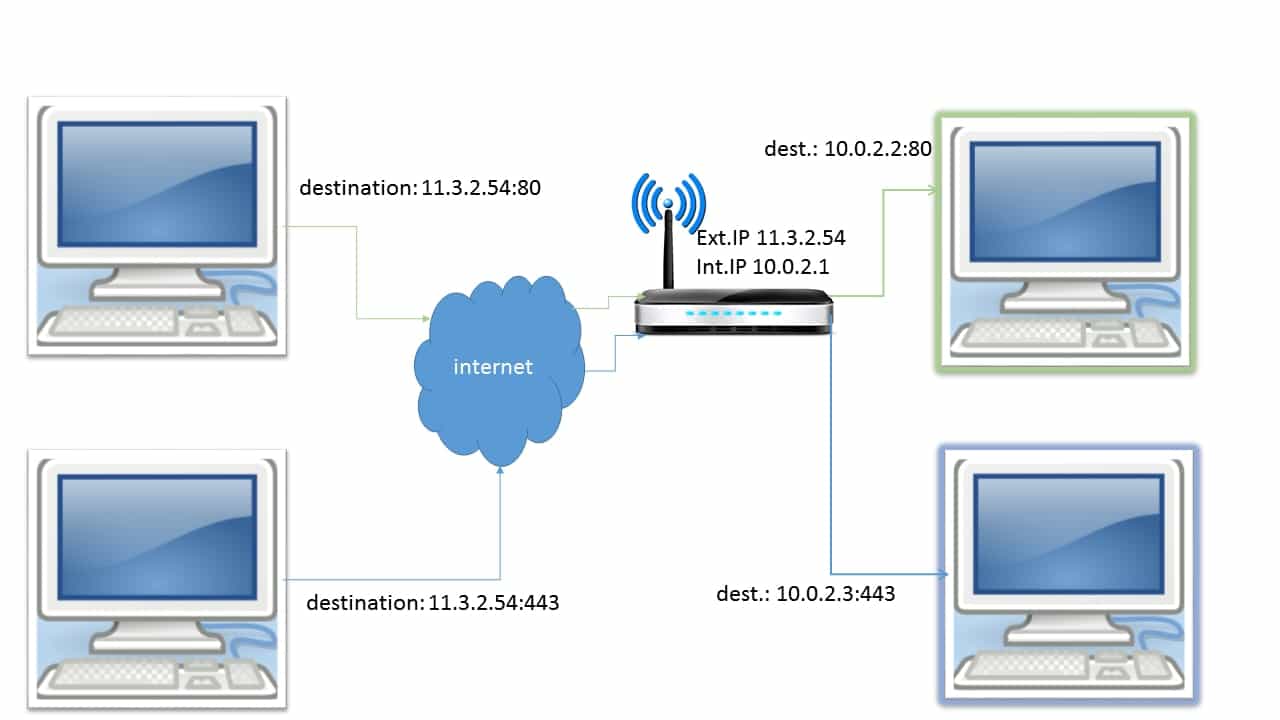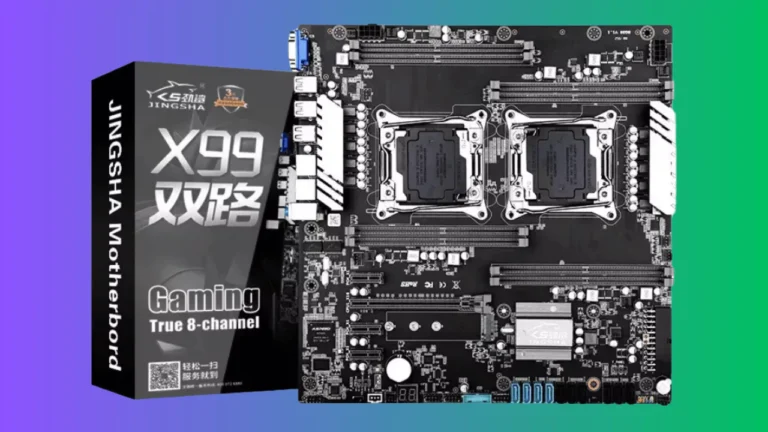Port forwarding, also known as port mapping, enables computers or services on private networks to communicate with other public or private computers or services via the internet.
Port forwarding does this by establishing an association, referred to as a map, between a router’s public, wide area network (WAN) internet protocol (IP) address and a device’s private, local area network (LAN) IP address.
Because the mouthful of acronyms is a little perplexing, let us establish a more straightforward frame of reference.
If you are using a router to connect to the internet, you may have heard about port forwarding. This type of configuration allows a remote computer to communicate with a computer on your local network. It can also help you play games without lagging and hiding your public IP address. This article will explain the benefits of port forwarding and how it can help you improve your internet speeds. Learn how to set up port forwarding and take advantage of the many benefits it offers.
Port forwarding (Explained)
Port forwarding is a method of granting external devices access to computers on private networks.
This is accomplished by mapping an external IP address and port to an internal IP address and port.
The majority of online gaming applications will require you to configure your home router’s port forwarding.
To comprehend port forwarding, you must first grasp the concept of a TCP/IP port and the relationship between ports and IP addresses.
Additionally, you must understand the distinction between internal and external IP addresses, as well as internal and external ports.
Why Port forwarding?
In order to protect your public IP address, you can use port forwarding. It has the ability to keep servers and clients safe from intrusion, “hide” the services and servers on a network, and restrict who has access to a network. Port forwarding is completely invisible to the end user and provides an additional layer of security.
A port forwarding technique is used to block undesirable traffic from entering a computer network. One IP address can be used for all Internet interactions while many servers with various IPs and ports can be dedicated to the task inside. If you have a home network, you can utilize port forwarding to run a server or a gaming server on the same network.
The network administrator can use a single public IP address on the router to forward requests to the appropriate server on the internal network.. The administrator can hide the services running on the network from the outside world by utilizing only one IP address for numerous jobs and discarding all traffic that is not linked to the services provided at the firewall.
A look at port forwarding
In the following example, IP Address 10.0.0.1 sends a request to IP Address 10.0.0.3 on Port 80. The packets are intercepted by an intermediary host—10.0.0.2—which rewrites the packet headers and forwards them to IP Address 10.0.0.4 on Port 8080:
| 10.0.0.1 | –> | 10.0.0.2 | –> | 10.0.0.4 |
| Makes a request to | Actually sends to | |||
| 10.0.0.3:80 | 10.0.0.4:8080 |
The host, 10.0.0.4, answers by delivering the request to 10.0.0.2. Then, 10.0.0.2 rewrites the packet to indicate that it came from 10.0.0.3, and delivers it to 10.0.0.1:
| 10.0.0.4 | –> | 10.0.0.2 | –> | 10.0.0.1 |
| Sends its response to | Forwards the response to | |||
| 10.0.0.2:8080 | 10.0.0.1:80 |
10.0.0.1 has submitted a request to 10.0.0.3 on Port 80 and received a response from 10.0.0.3 on Port 80. This is not the case—traffic has never reached 10.0.0.3. However, as a result of the rewriting of the packets, 10.0.0.1 perceives that it has received a response from 10.0.0.3.
The destination is always observed via the eyes of the asking computer. As illustrated in the diagram, despite the fact that 10.0.0.4 has been designated as the real-time destination for the traffic from 10.0.0.1, the destination for all traffic (as far as the requesting host is aware) is 10.0.0.3.
Port forwarding and proxies
It’s unlikely that you’ll be surprised to hear that Web proxies make use of a port-forwarding service. As with the previous example of a home network, Web proxy servers use port forwarding to prohibit direct communication between clients and the vast world of the Internet. When a proxy or VPN receives information about your online activity (an email sent or a request to view a website), it inspects and rewrites the data packets in your transmission before sending and receiving them over the Internet.
Enabling Port forwarding and Checking Open Ports
Prior to configuring port forwarding, you must configure the Internal device with a static IP address.
This step is critical because packets will be forwarded to a specific internal IP address.
Depending on your application, you may require a list of ports that must be accessible from the external network (i.e., the Internet) and routed to the internal network.
You will need administrator rights on your router to configure port forwarding.
This site contains an exhaustive guide covering hundreds of routers, as well as port lists for a large number of games/applications.
Whatever configuration method you use, as it differs by device, you are effectively constructing a mapping table that maps an external address and port to an internal address and port.
Connecting to a Forwarded Port
To connect to the forwarded port over the Internet, you will need to know the Router’s external IP address and the forwarded port number.
However, using an IP address instead of a domain name is inconvenient; also, the external IP address may change due to the fact that most ISPs supply these addresses via DHCP.
As a result, while employing port forwarding, you may want to consider using Dynamic DNS as well.
Checking Open Ports
Port Checker is a simple and free online application for verifying the status of open ports on your computer/device, which is frequently handy for evaluating router port forwarding settings.
Where is port forwarding used?
While the following examples are by no means exhaustive, they should illustrate some of the ways in which port forwarding increases efficiency and improves daily operations for both clients and your firm.
Backups
Whether it’s files, servers, or hard drive clones, there’s something to be said for having backups accessible from any location with an internet connection. Port forwarding enables people with correct authentication to access even your more difficult-to-reach backups from anywhere.
Virtual desktops
Not all computer desktops are locally stored. Computer desktops are more successfully stored in cloud environments in large-scale technical implementations such as hospitals or institutions. Port forwarding enables users to access their own virtual desktops or virtual desktop infrastructure (VDI) from any computer on-site.
CCTV and security
Port forwarding enables you to monitor activities from any location. You may effortlessly access your private security feeds from any place, whether commercial or domestic.
Game servers
Port forwarding is not only for business purposes. Who’s to say we can’t have some fun? Consider the auto-complete feature in search engines for the term “port forwarding.”
That is correct. Gaming is one of the most common applications of port forwarding. Port forwarding is advantageous for hosting private game servers in certain locations.
While this is primarily used for private games or maps between groups of friends, businesses can also use it to hold charity benefit games or tournaments.
FAQs
Is the External IP address mapped to the Internal IP Address?
No, just the external port is mapped, not the external IP address. See Dynamic DNS for further information on changing the external IP address.
Should I use a static Internal IP address or can I use addresses assigned by DHCP?
You should always use a static IP address.
Do I need to forward both the TCP and UDP ports?
It all depends on what you are doing. You need to find out which ports the app uses.
How do I know if my device has a static address or a dynamic one?
You have to go to the router settings.
Different Router Model Port Forward Images
